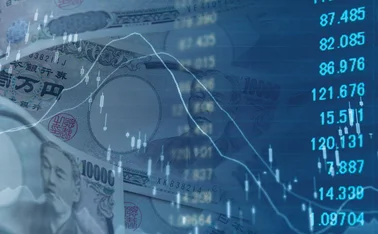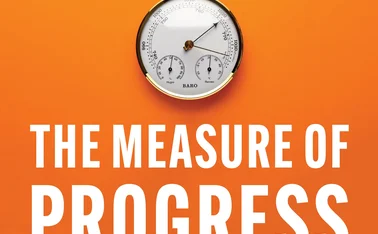
BoE paper models exchange rates with private money creation
Uncovered interest parity does a poor job of explaining exchange rates on its own, authors say

New research published by the Bank of England proposes a model of exchange rates that reflects the importance of both financial positions and private money creation in the economy.
Authors Ambrogio Cesa-Bianchi, Michael Kumhof, Andrej Sokol and Gregory Thwaites say it is “widely recognised” that exchange rates are “poorly explained” by theories based on uncovered interest parity (UIP). They note the essential role played by the supply of assets and liabilities in domestic and foreign currencies
Only users who have a paid subscription or are part of a corporate subscription are able to print or copy content.
To access these options, along with all other subscription benefits, please contact info@centralbanking.com or view our subscription options here: subscriptions.centralbanking.com/subscribe
You are currently unable to print this content. Please contact info@centralbanking.com to find out more.
You are currently unable to copy this content. Please contact info@centralbanking.com to find out more.
Copyright Infopro Digital Limited. All rights reserved.
As outlined in our terms and conditions, https://www.infopro-digital.com/terms-and-conditions/subscriptions/ (point 2.4), printing is limited to a single copy.
If you would like to purchase additional rights please email info@centralbanking.com test test test
Copyright Infopro Digital Limited. All rights reserved.
You may share this content using our article tools. As outlined in our terms and conditions, https://www.infopro-digital.com/terms-and-conditions/subscriptions/ (clause 2.4), an Authorised User may only make one copy of the materials for their own personal use. You must also comply with the restrictions in clause 2.5.
If you would like to purchase additional rights please email info@centralbanking.com test test test







